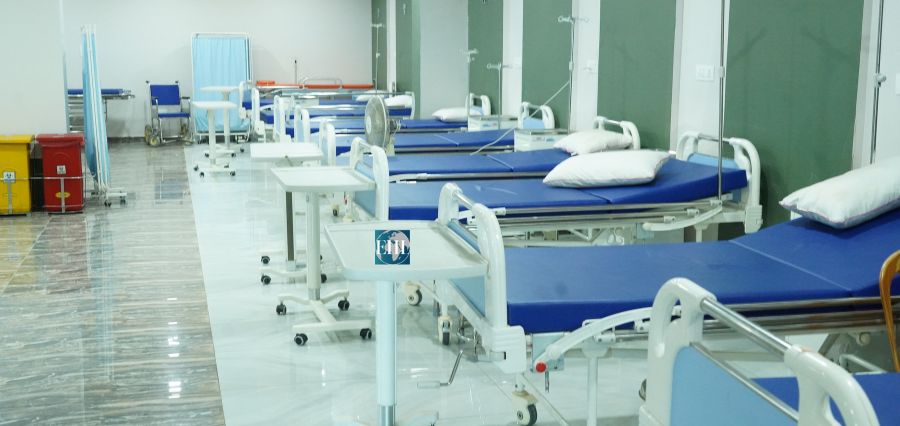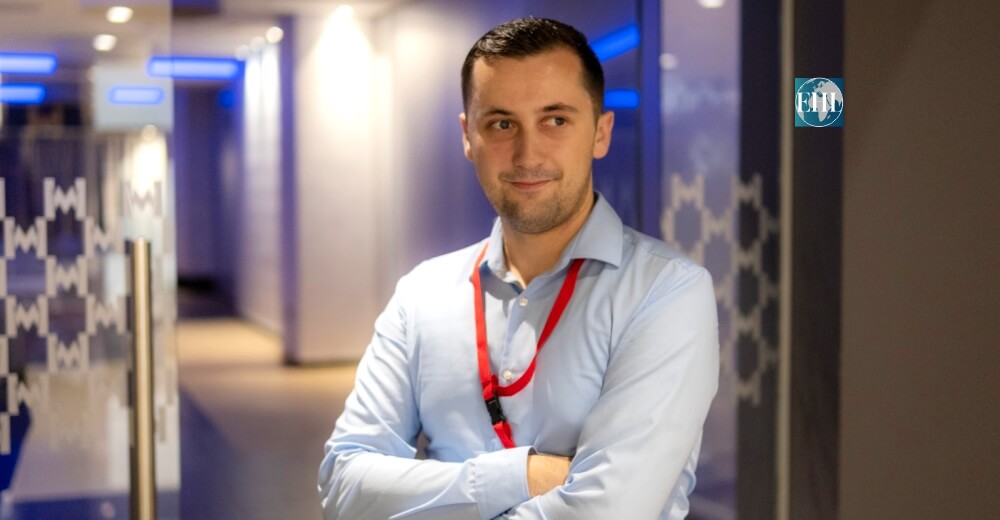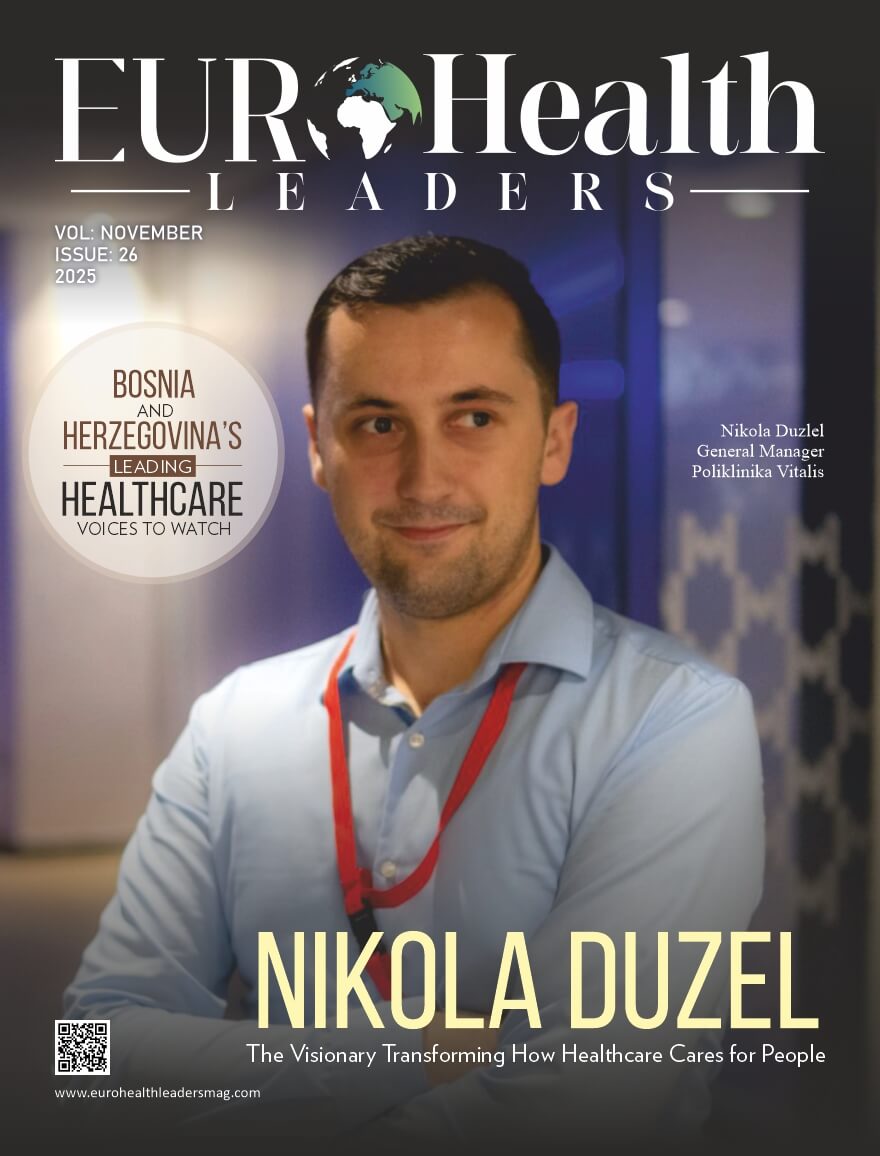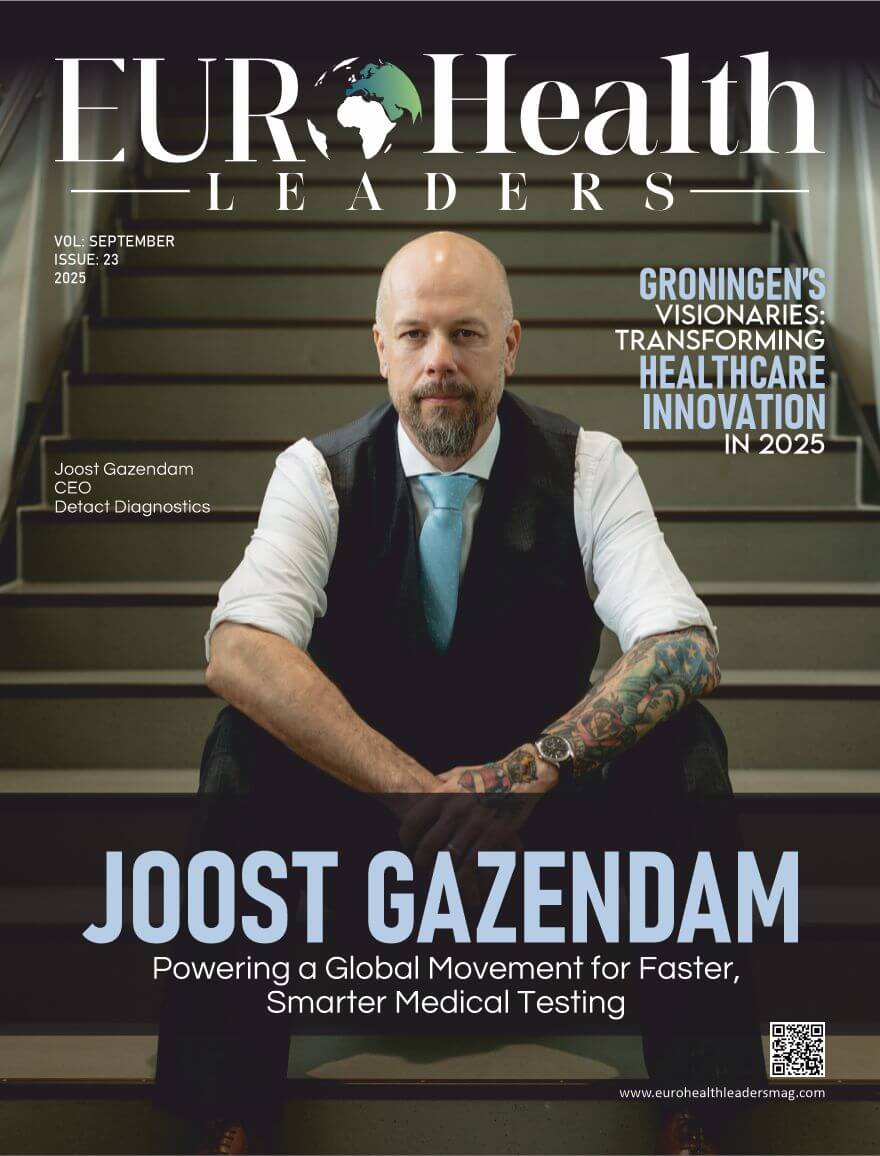Prime Highlights
- California’s Central Valley health officials issue a warning that future Medi-Cal funding reductions can strangle access to healthcare.
- Almost 70% of patients in the area rely on “Medi-Cal,” California’s Medicaid program.
Key Facts
- More than half of all San Joaquin Valley residents depend on “Medi-Cal” for medical care.
- A federal bill slashes more than $1 trillion in Medicaid funding, with reductions starting in 2026.
Key Background
” Medi- Cal” is an essential safety net that helps numerous Californians, especially pastoral and underprivileged groups similar as the San Joaquin Valley. further than 50 of the population supports the program, and its elimination will destabilize healthcare provision within these communities. Original health authorities and lawmakers lately raised high alarm at draconian civil cuts that would reverse” Medi- Cal” backing by significant totalities during the coming decade.
The alarm bell is a new federal bill, the “Big Beautiful Bill,” that would cut more than $1 trillion of Medicaid expenses nationwide. The cuts are to start in 2026 and after, but the community health providers already are preparing for the impact. Within the Fresno region and regionally, United Health Centers report that approximately 70% of their patient base is reliant upon “Medi-Cal” for access to required medical attention like preventive, diagnostics, and treatment.
Health officials are warning that the cuts would result in drastic reductions in services, staff shortages, and even clinic closure for rural and low-income communities. Dr. Sharareh Shabafrooz and other Valley physicians report that many Valley residents will have none whatsoever to affordable health care in the near term, leading to further compromised health status and increased utilization of costly emergency services.
Congressman Jim Costa and other legislators are urging lawmakers to act legislatively. A Senate bill, as bipartisan as it is, tries to put more money into the Rural Health Transformation Fund that will mitigate the blow somewhat; but others say that’s not enough to put into counties of great need with high-“”Medi-Cal”” areas such as the Central Valley. Unless immediate action is taken, these communities will be at risk of losing out from an impending healthcare crisis that would take years to rectify.










